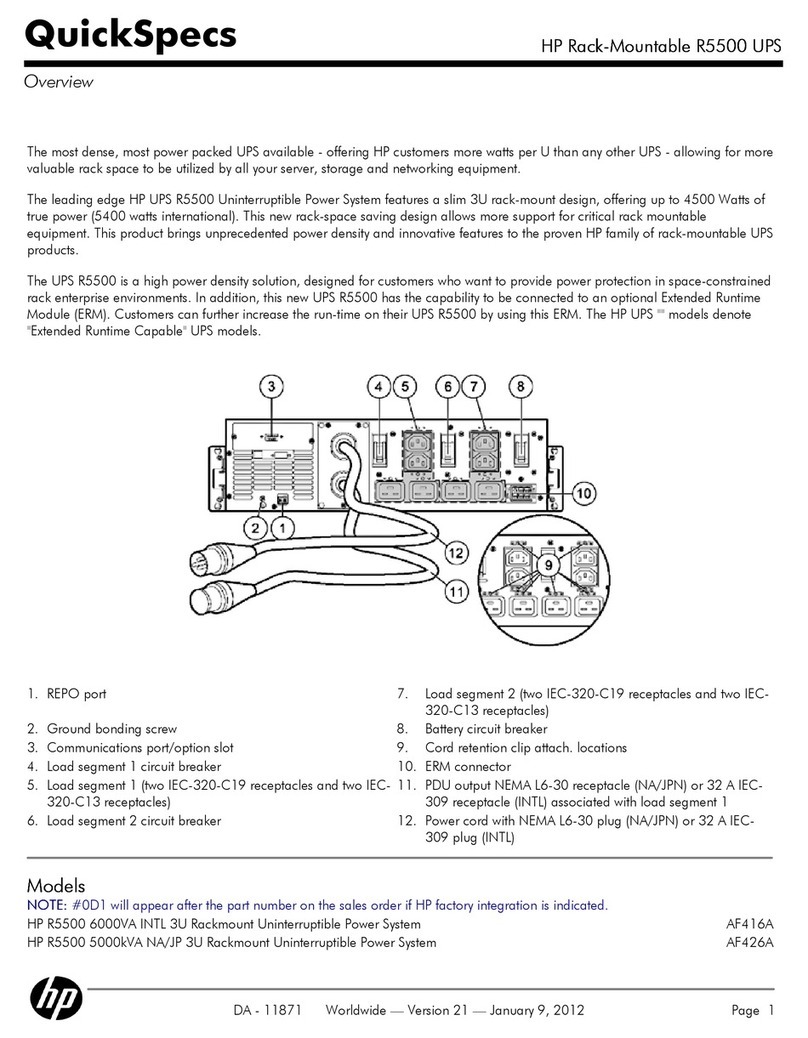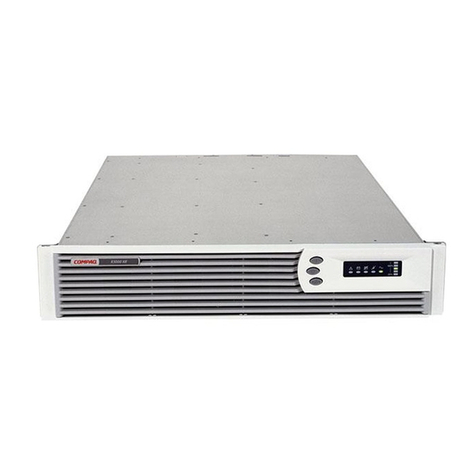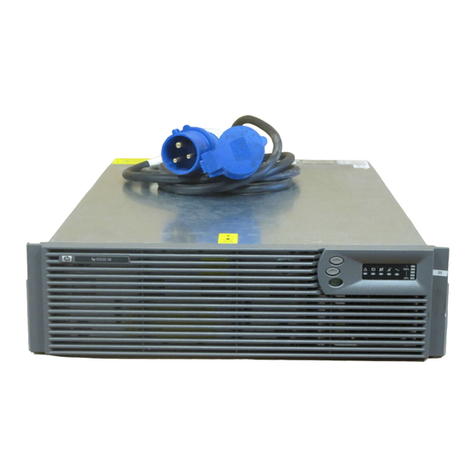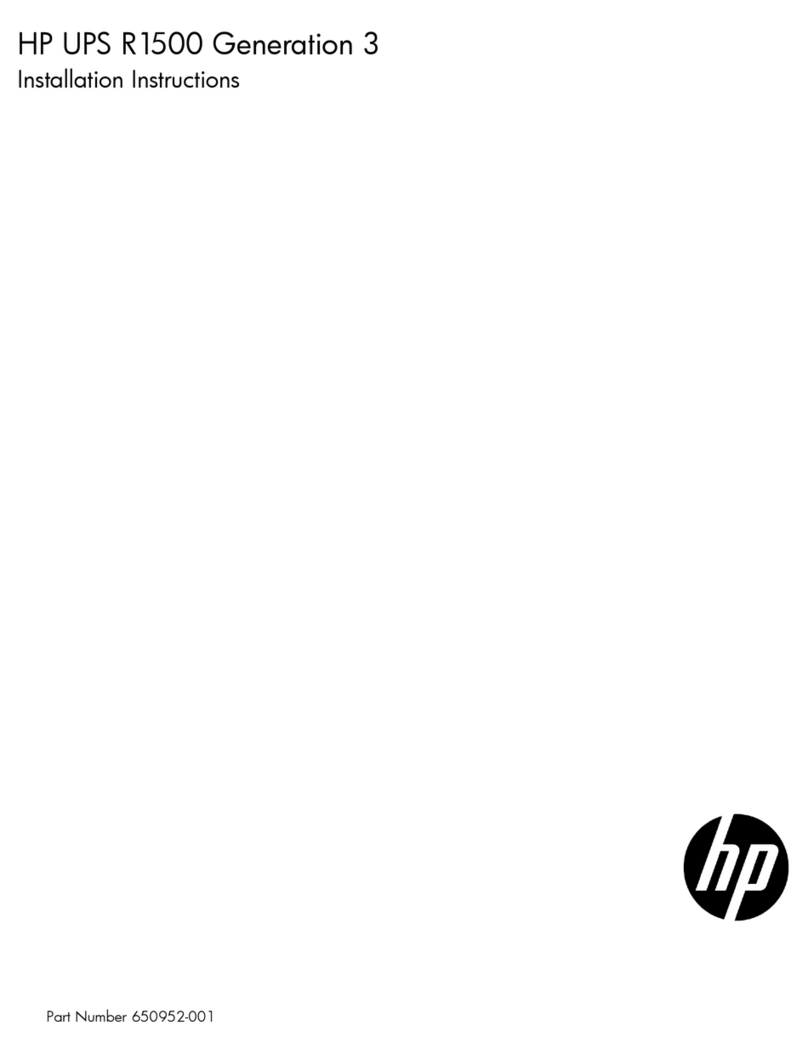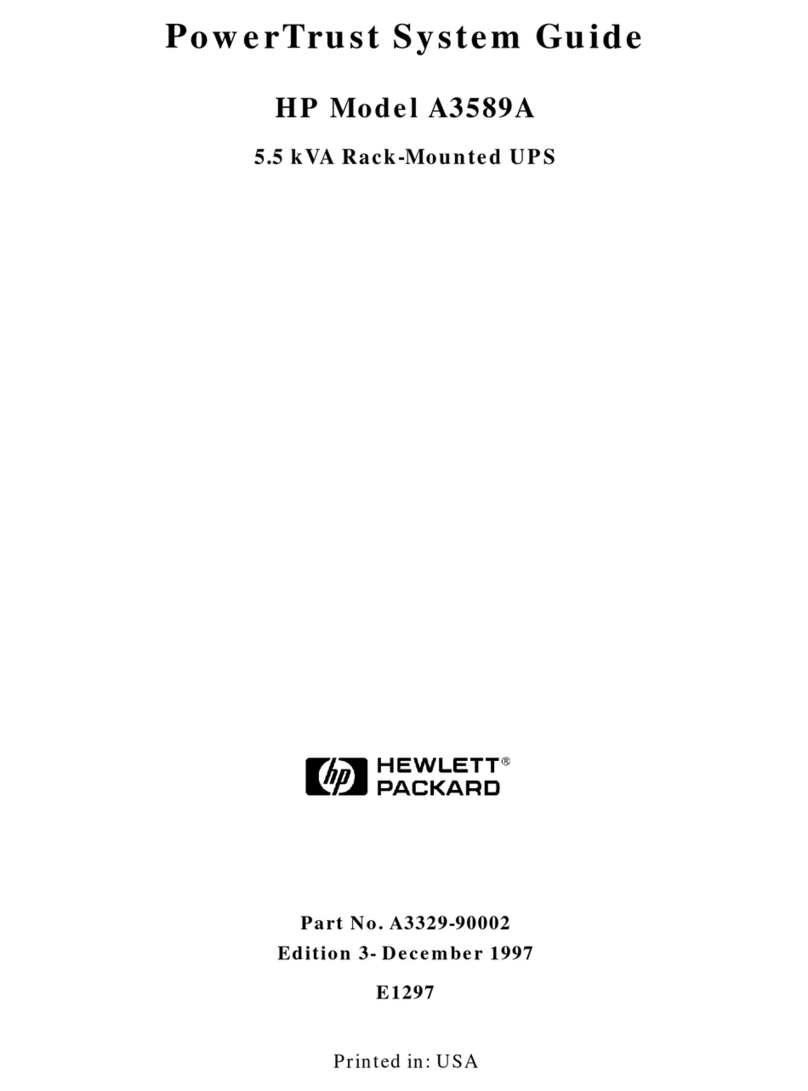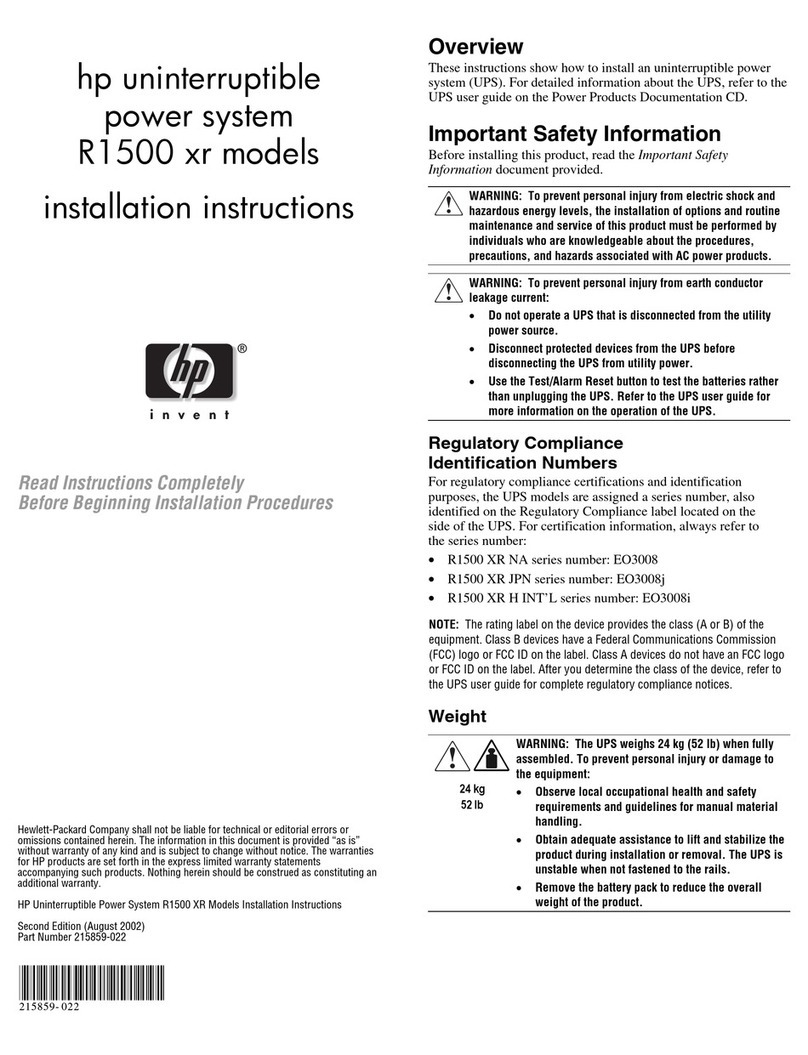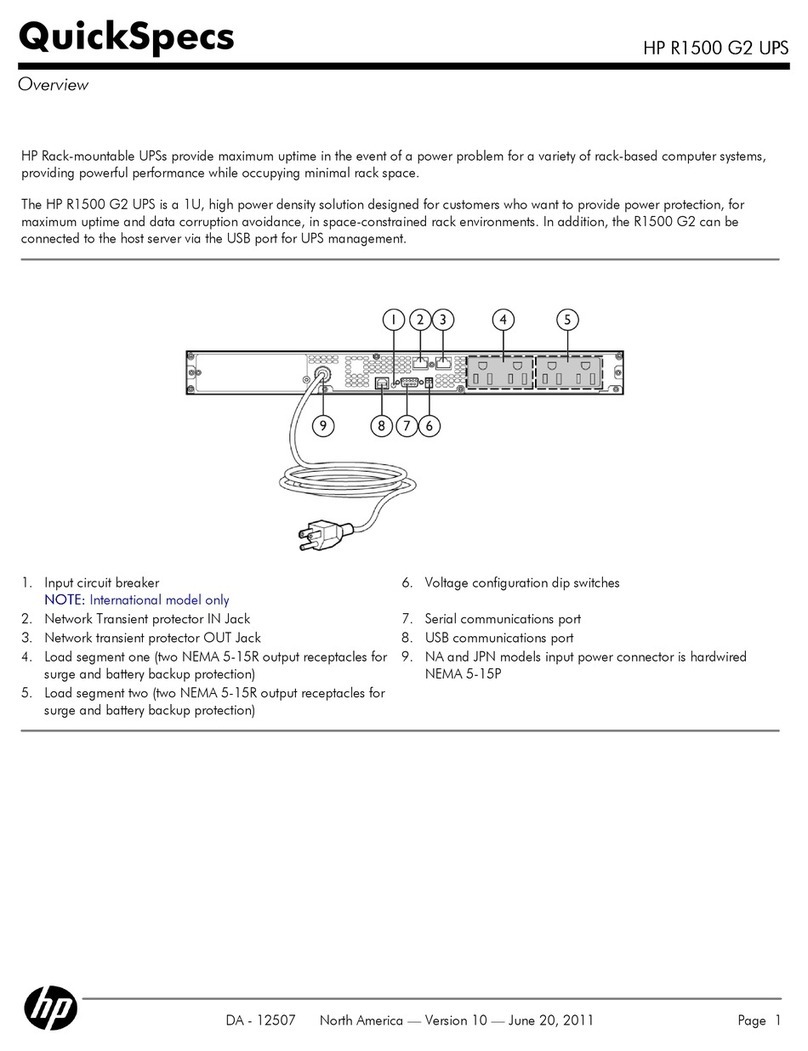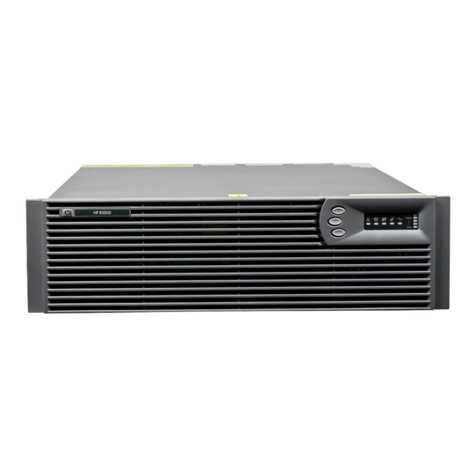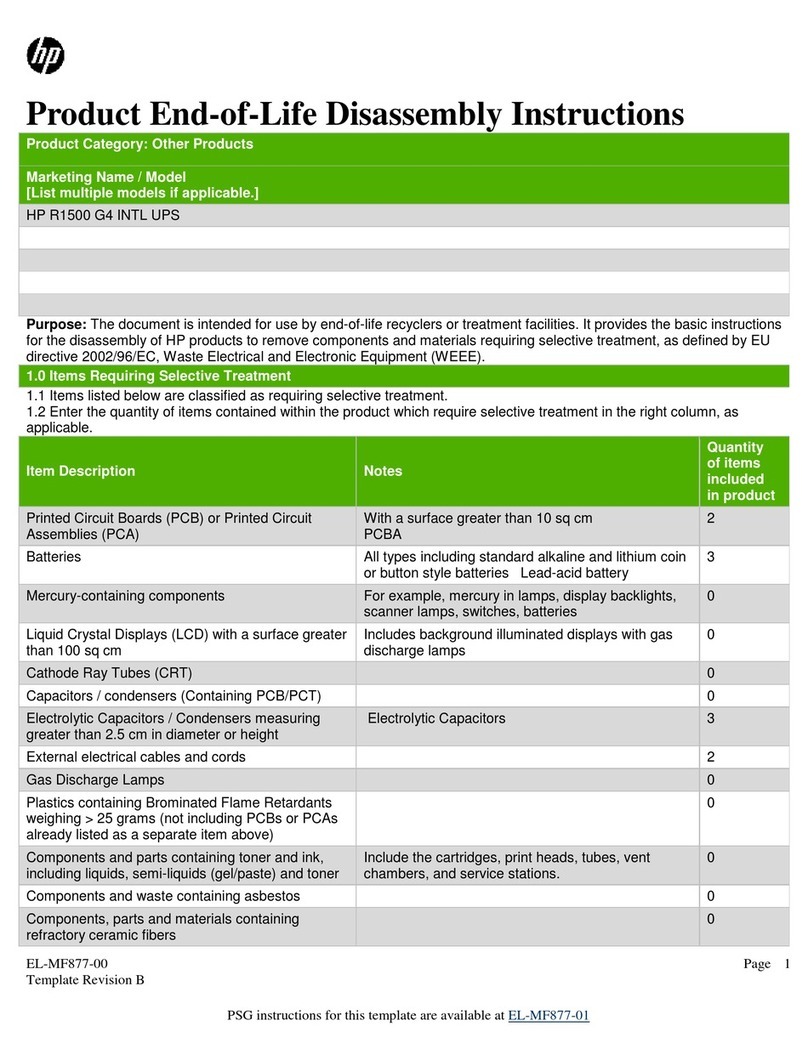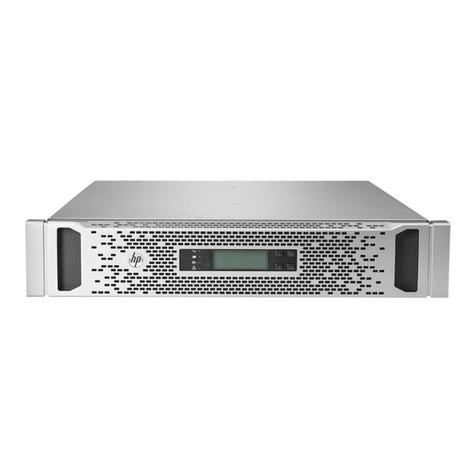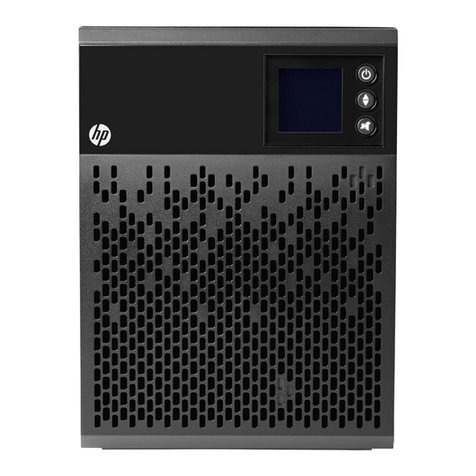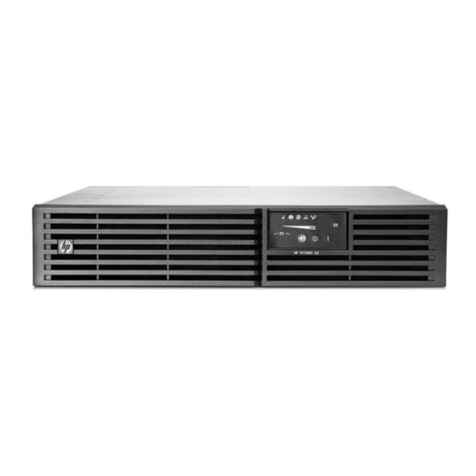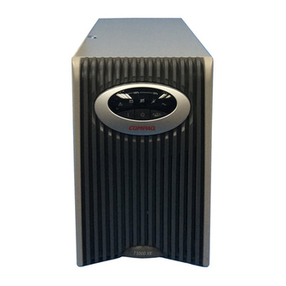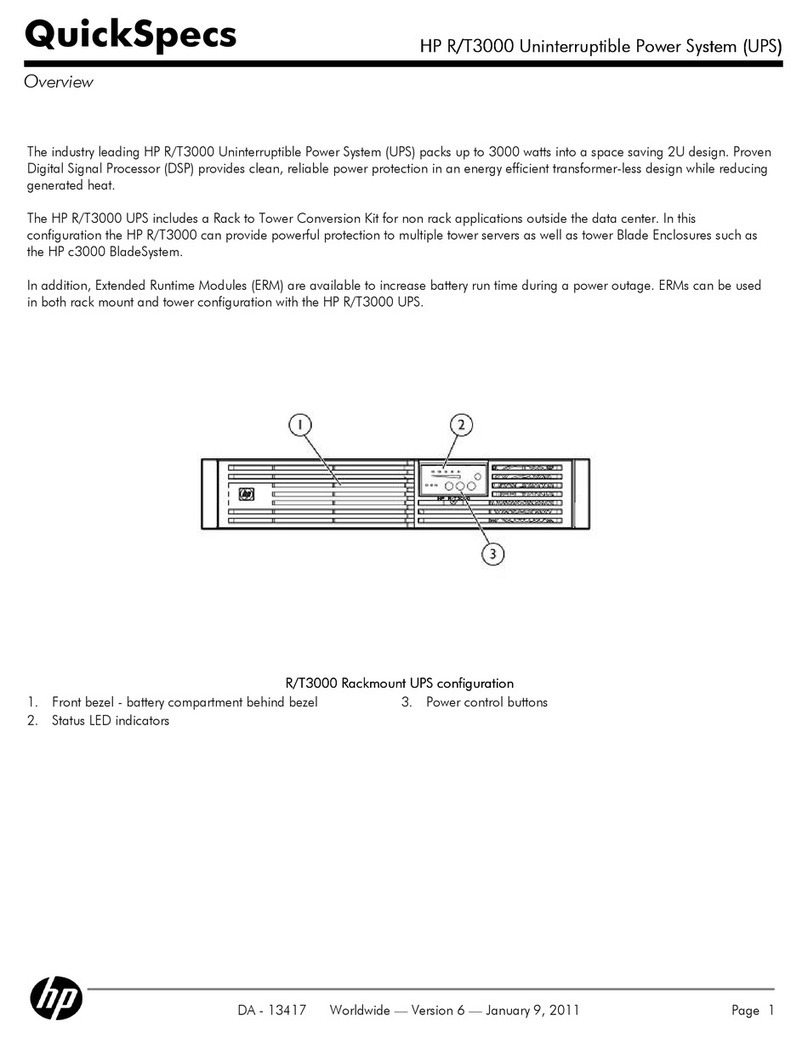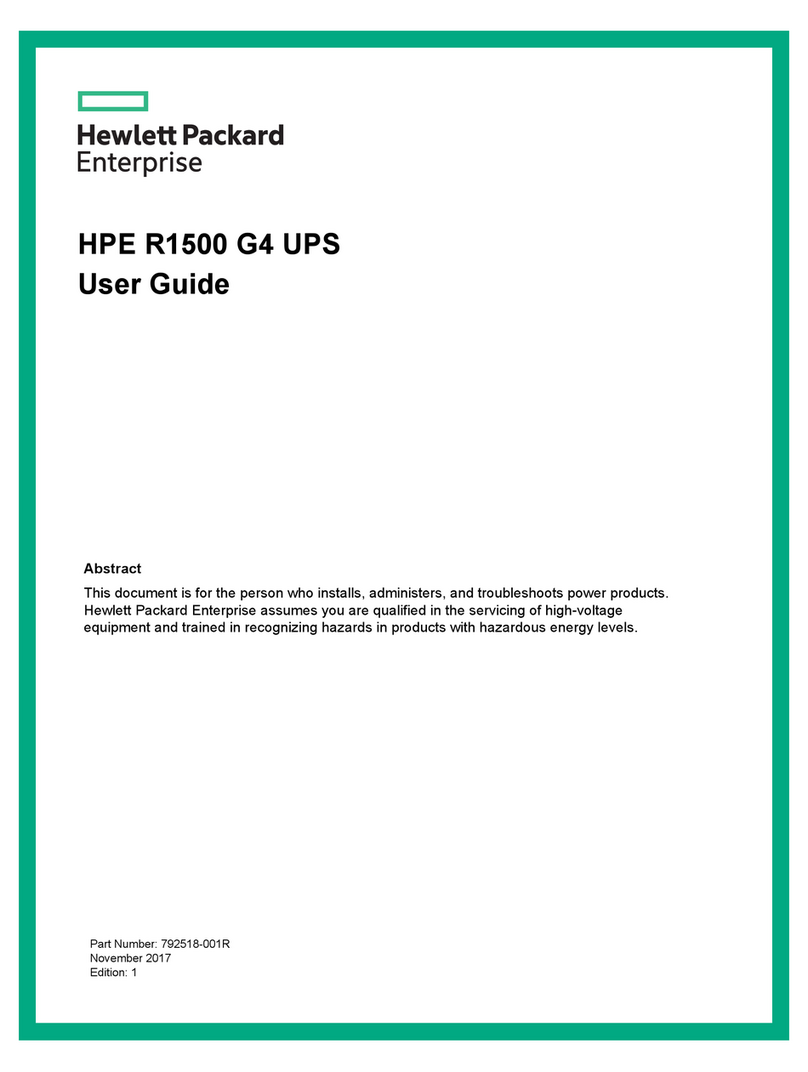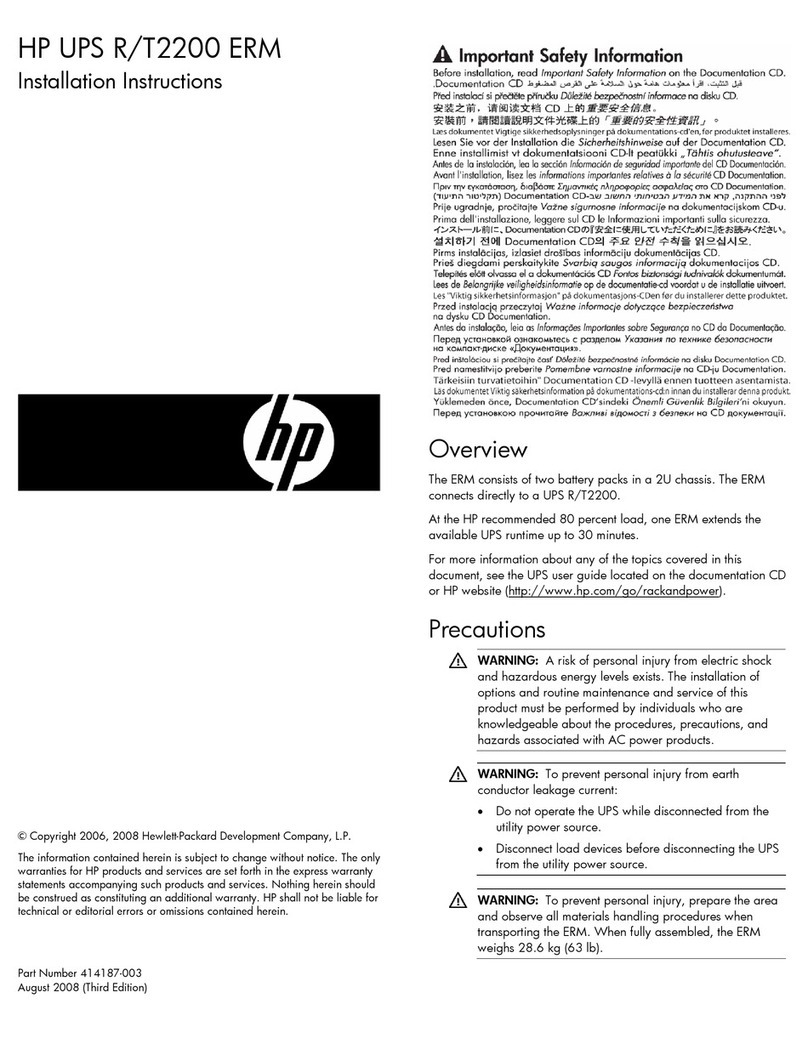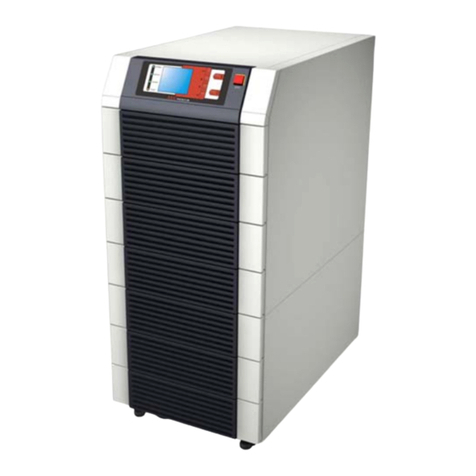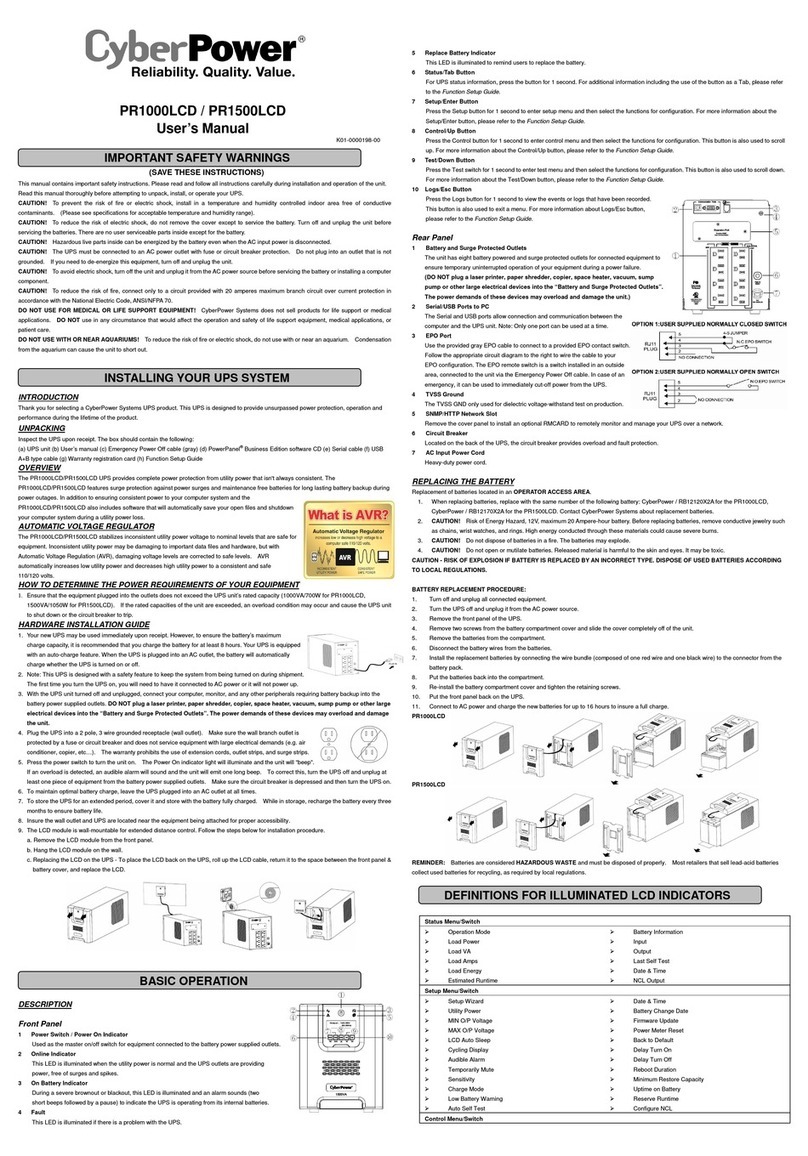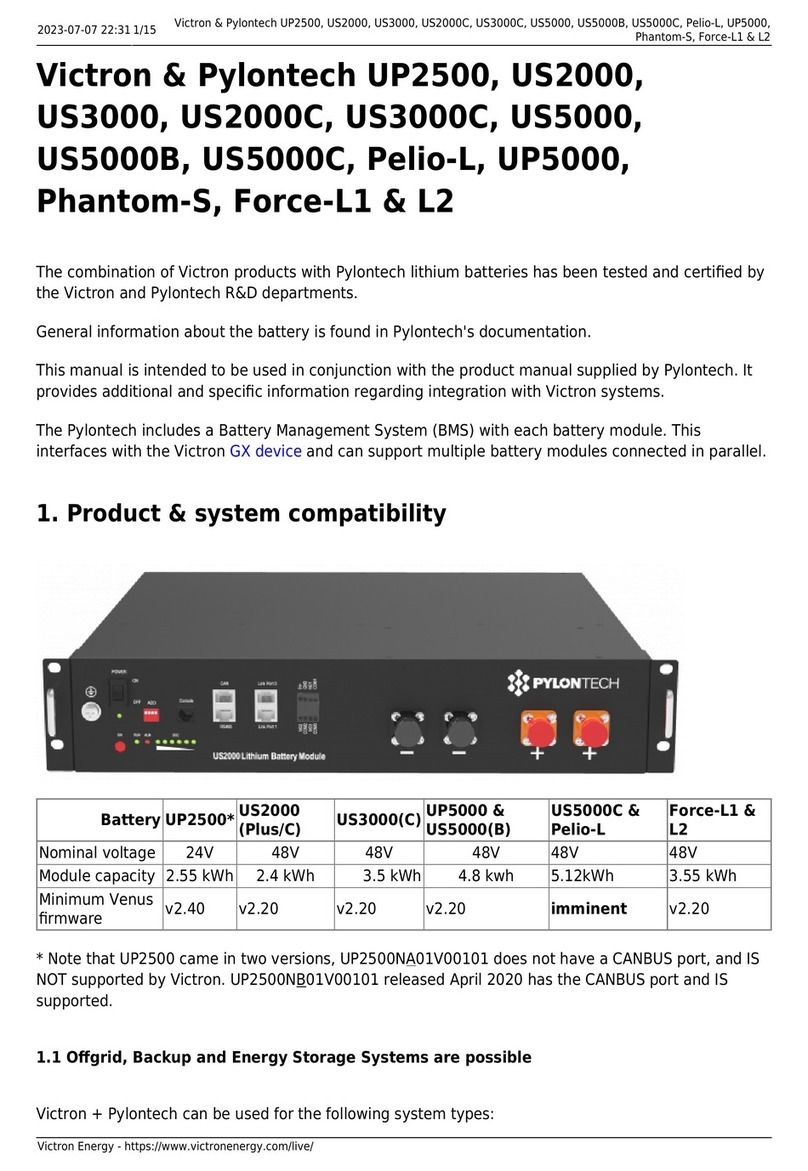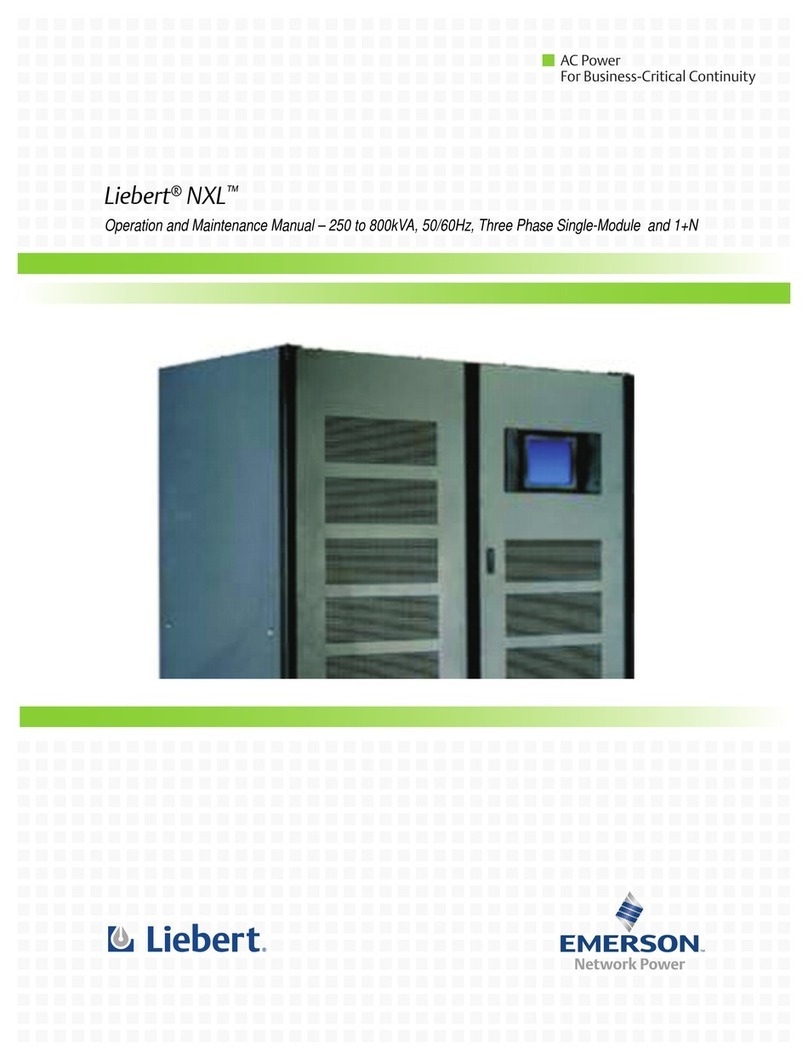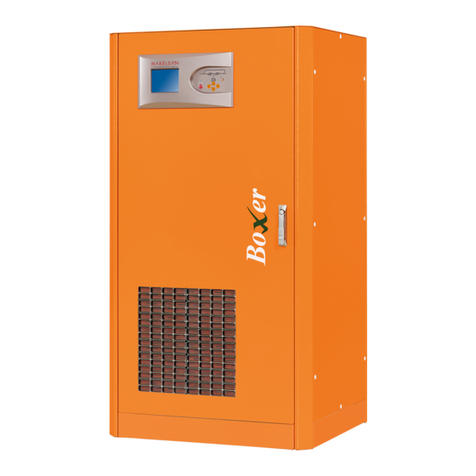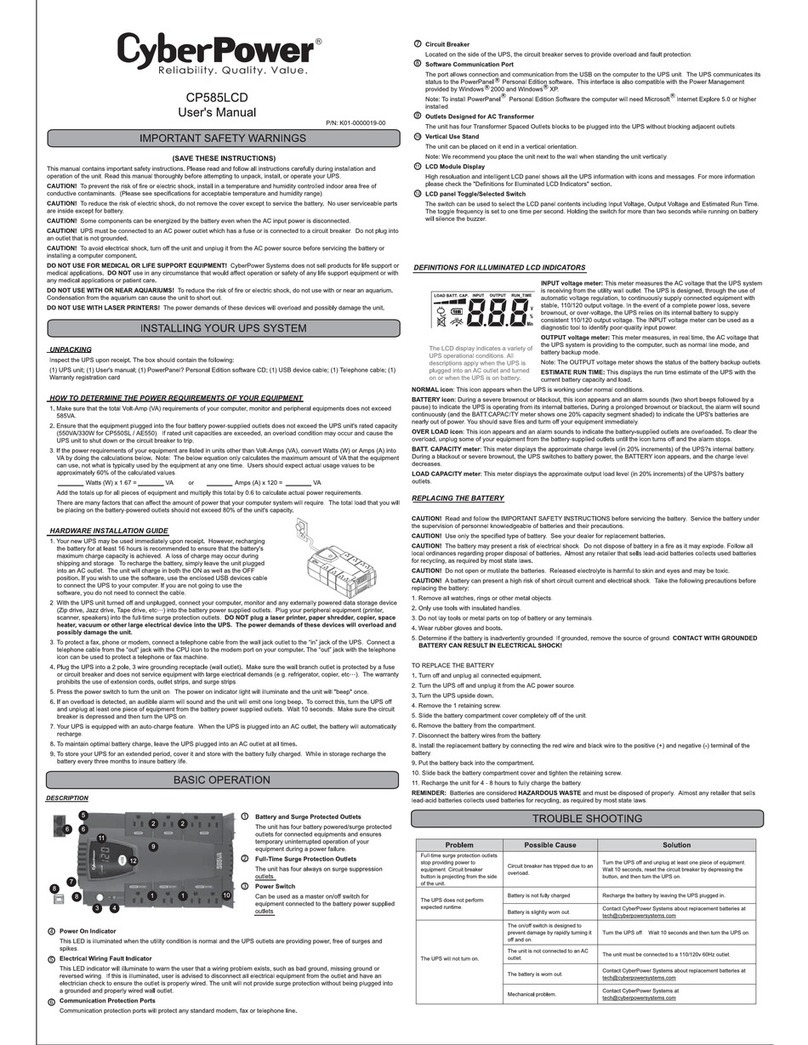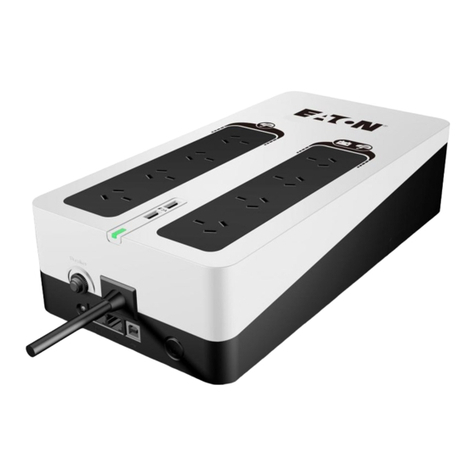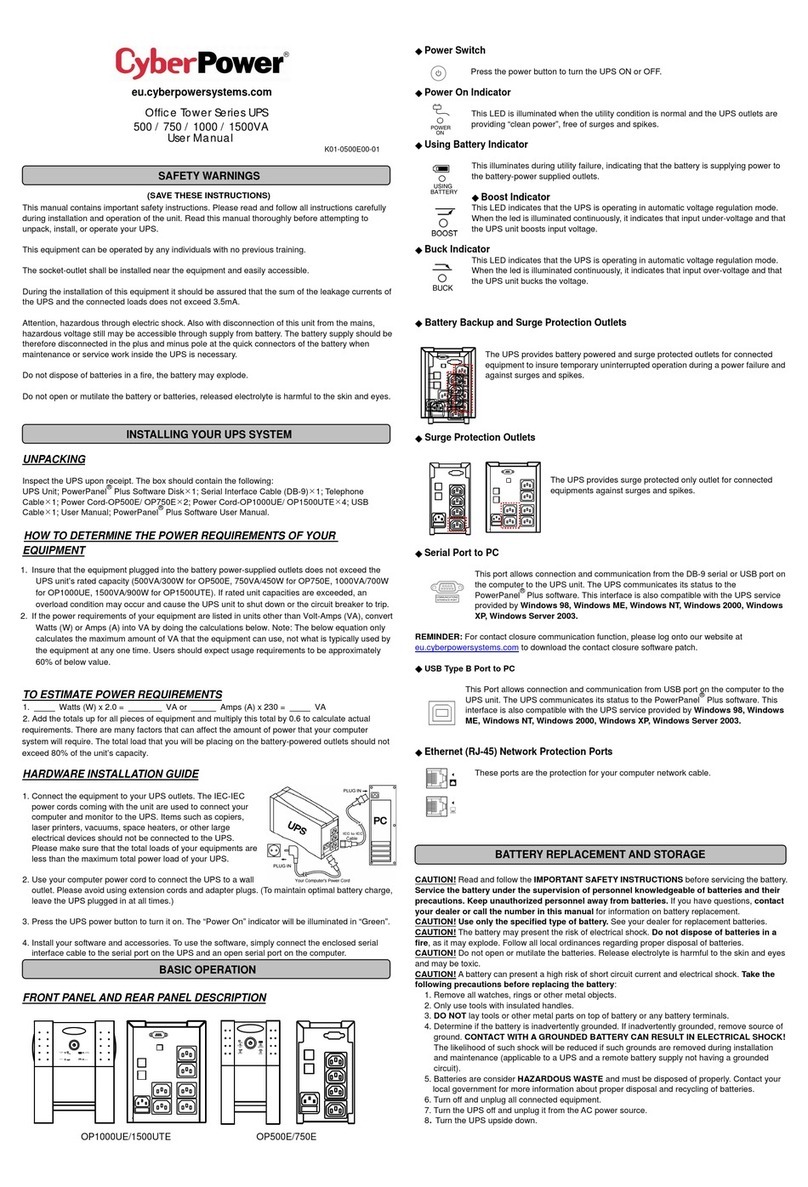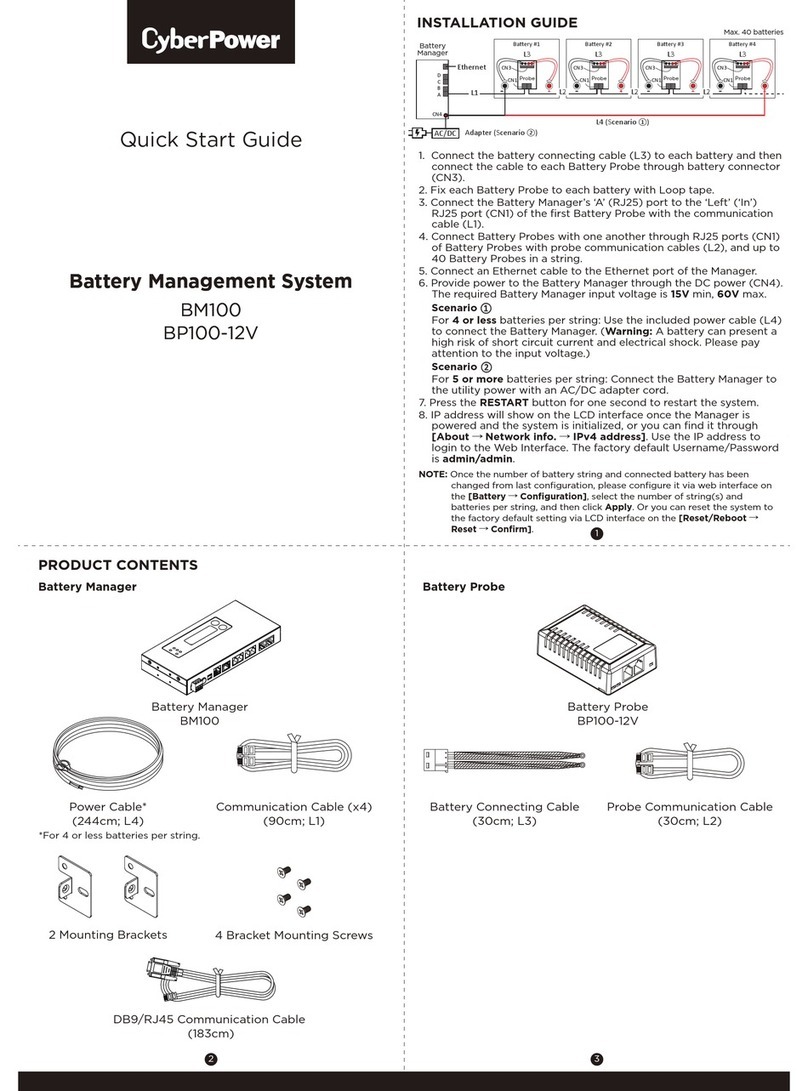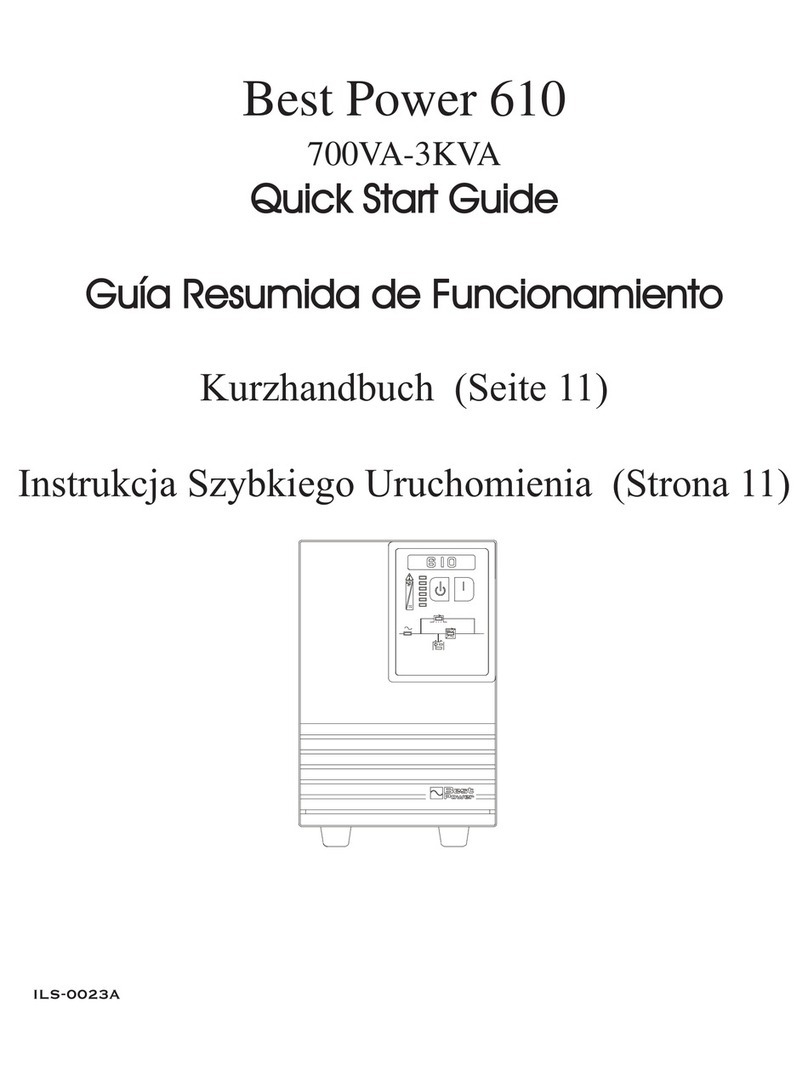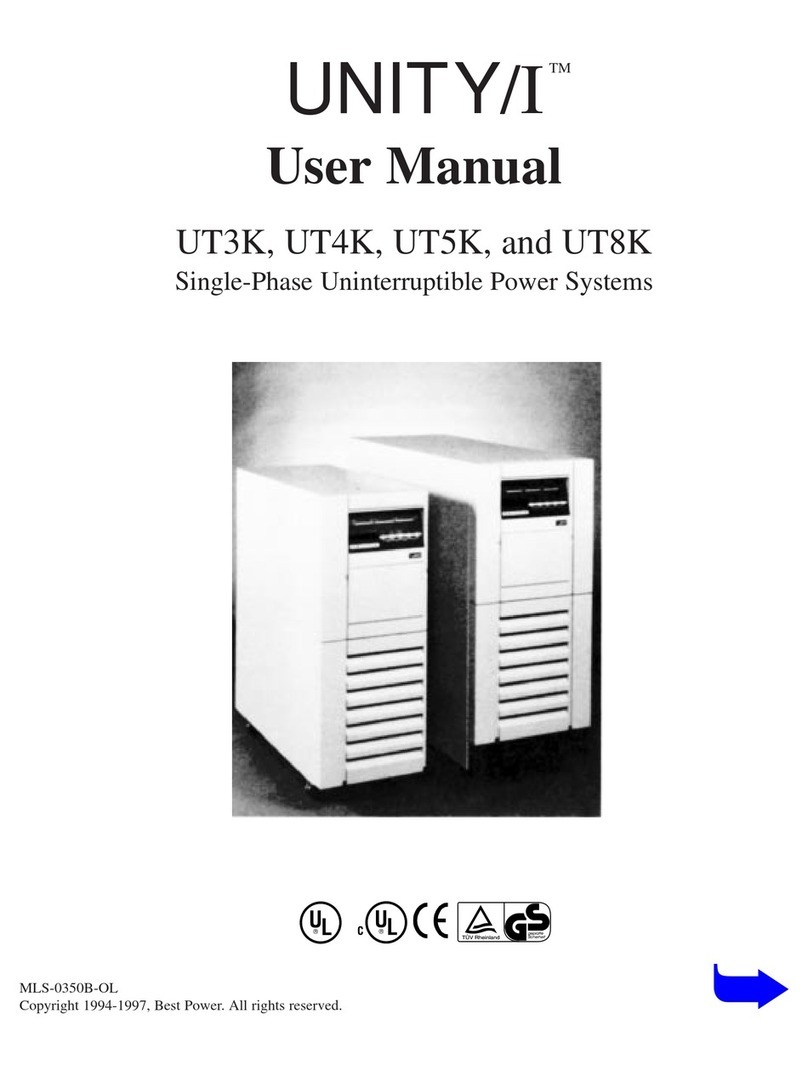
Contents 5
Replacing the batteries............................................................................................................................. 87
Important battery safety information ................................................................................................. 87
Battery care and storage guidelines ................................................................................................. 87
UPS battery replacement procedure ................................................................................................. 88
Testing the new battery module ....................................................................................................... 89
Replacing the UPS................................................................................................................................... 89
Replacing the ERM .................................................................................................................................. 90
Updating the UPS firmware ...................................................................................................................... 91
Verifying the HP UPS Management Module firmware version .............................................................. 91
Configuring a USB to serial converter............................................................................................... 91
Reassigning the USB COM ports ..................................................................................................... 92
Troubleshooting.......................................................................................................................... 94
LED and audible alarm troubleshooting ...................................................................................................... 94
Silencing an audible alarm............................................................................................................. 95
Abnormal output voltage at startup ............................................................................................................ 95
Battery breaker ....................................................................................................................................... 95
Battery connection condition..................................................................................................................... 96
Battery low condition ............................................................................................................................... 96
Battery test condition................................................................................................................................ 96
Bypass is unavailable .............................................................................................................................. 96
Check Parallel Board condition ................................................................................................................. 97
Configuration error and UPS does not start................................................................................................. 97
Phase rotation verification ........................................................................................................................ 97
Power is not available at the UPS output receptacle ..................................................................................... 97
Protected equipment is not on ................................................................................................................... 98
Overload condition ................................................................................................................................. 98
Overtemperature condition ....................................................................................................................... 98
Redundancy loss due to overload .............................................................................................................. 98
Selective trip........................................................................................................................................... 99
Site wiring condition................................................................................................................................ 99
UPS detects software incompatibility .......................................................................................................... 99
UPS does not power down ....................................................................................................................... 99
UPS does not power up............................................................................................................................ 99
UPS does not provide the expected backup time ....................................................................................... 100
UPS does not transfer to Auto-Bypass mode .............................................................................................. 100
UPS is on battery................................................................................................................................... 100
UPS is on bypass................................................................................................................................... 100
Specifications........................................................................................................................... 101
Model list............................................................................................................................................. 101
UPS physical specifications..................................................................................................................... 101
ERM physical specifications.................................................................................................................... 101
Power cord specifications....................................................................................................................... 101
Power Bus Bar and Wireway specifications .............................................................................................. 102
HP 10642 G2 Rack specifications........................................................................................................... 102
UPS input specifications ......................................................................................................................... 102
UPS output specifications........................................................................................................................ 103
Environmental specifications ................................................................................................................... 103
Battery specifications ............................................................................................................................. 104
Battery runtimes .................................................................................................................................... 104
REPO port specifications ........................................................................................................................ 105
Spares..................................................................................................................................... 106
